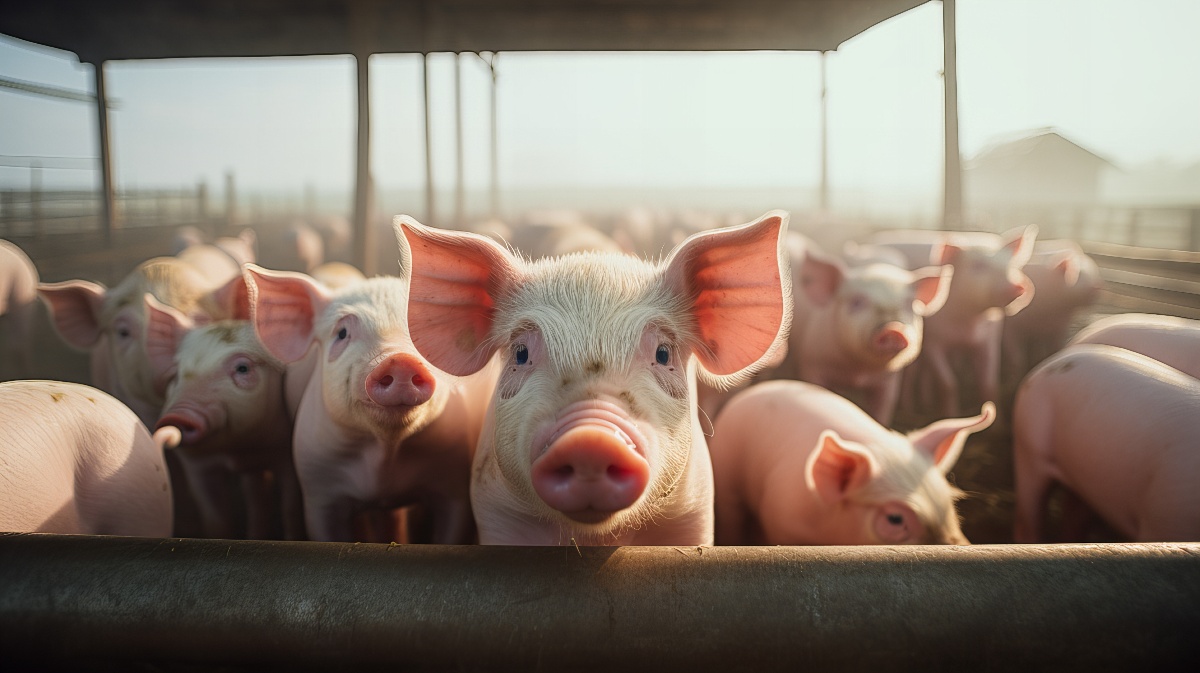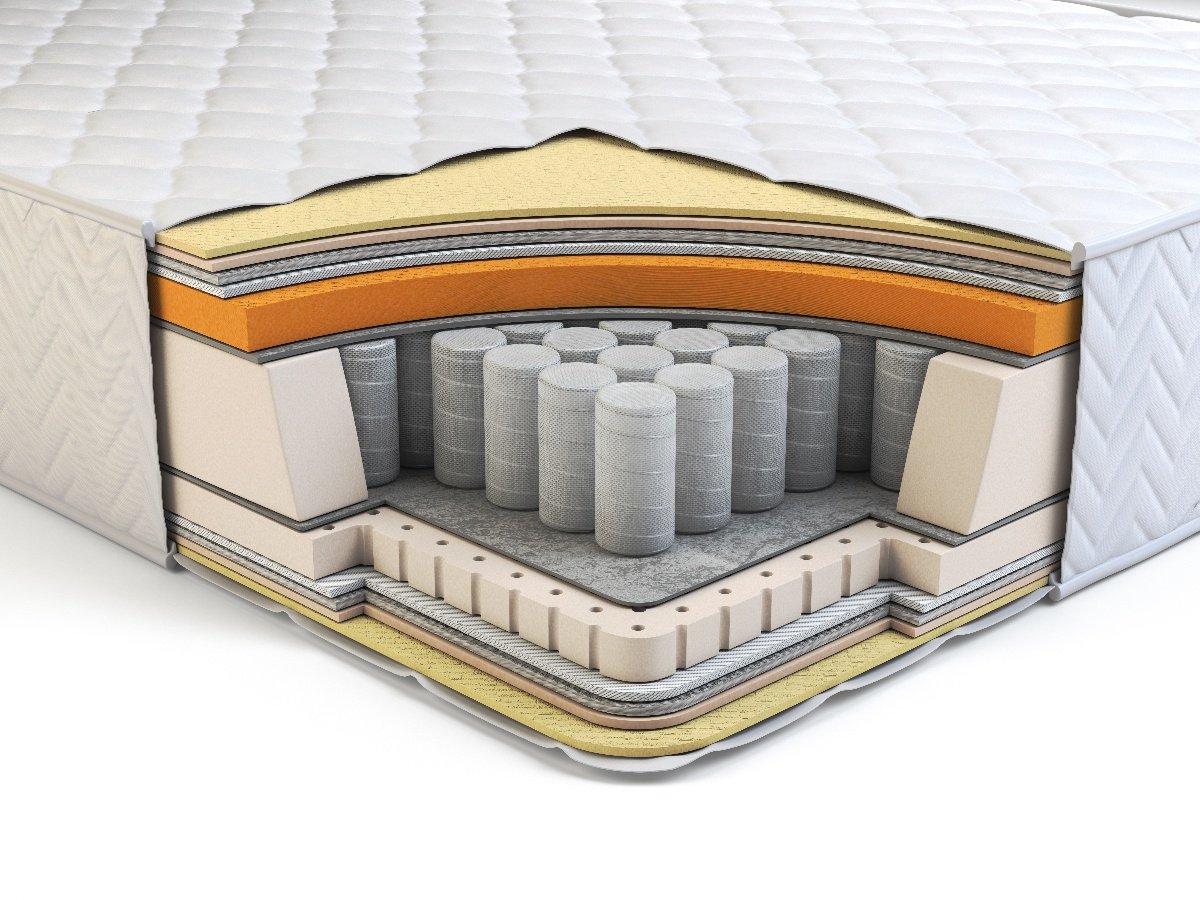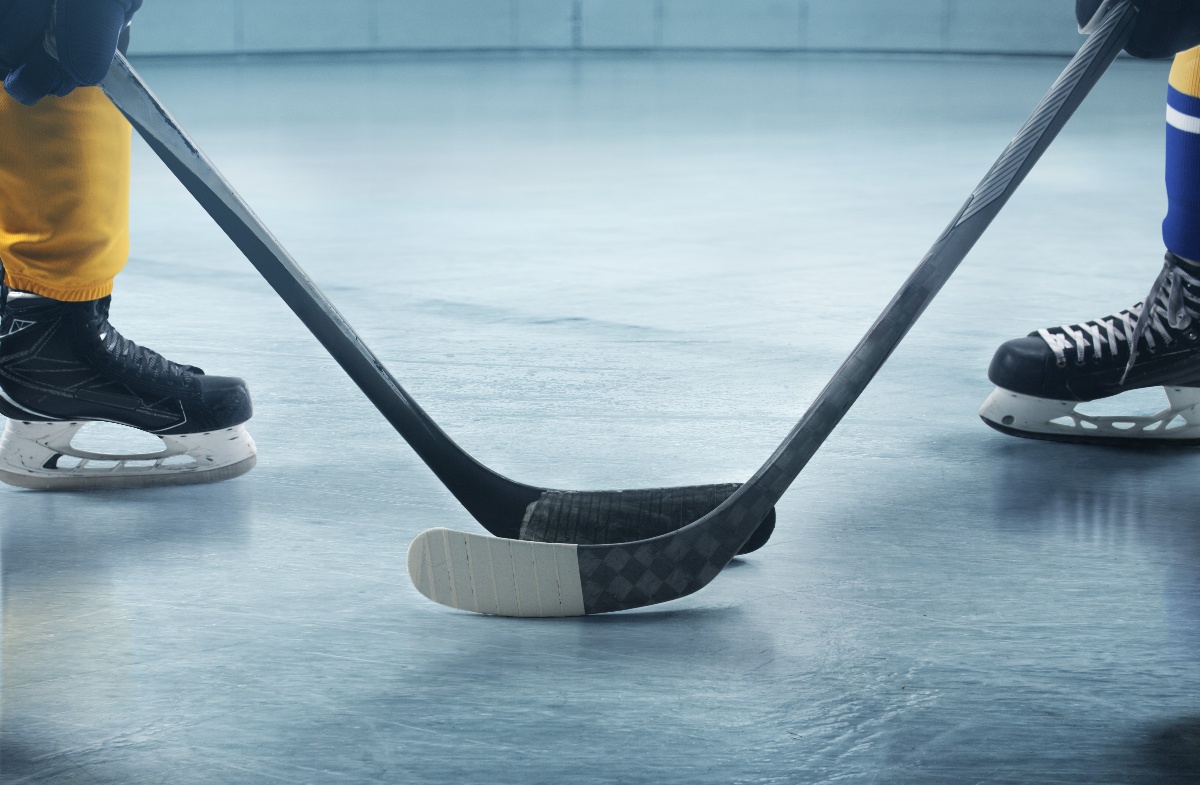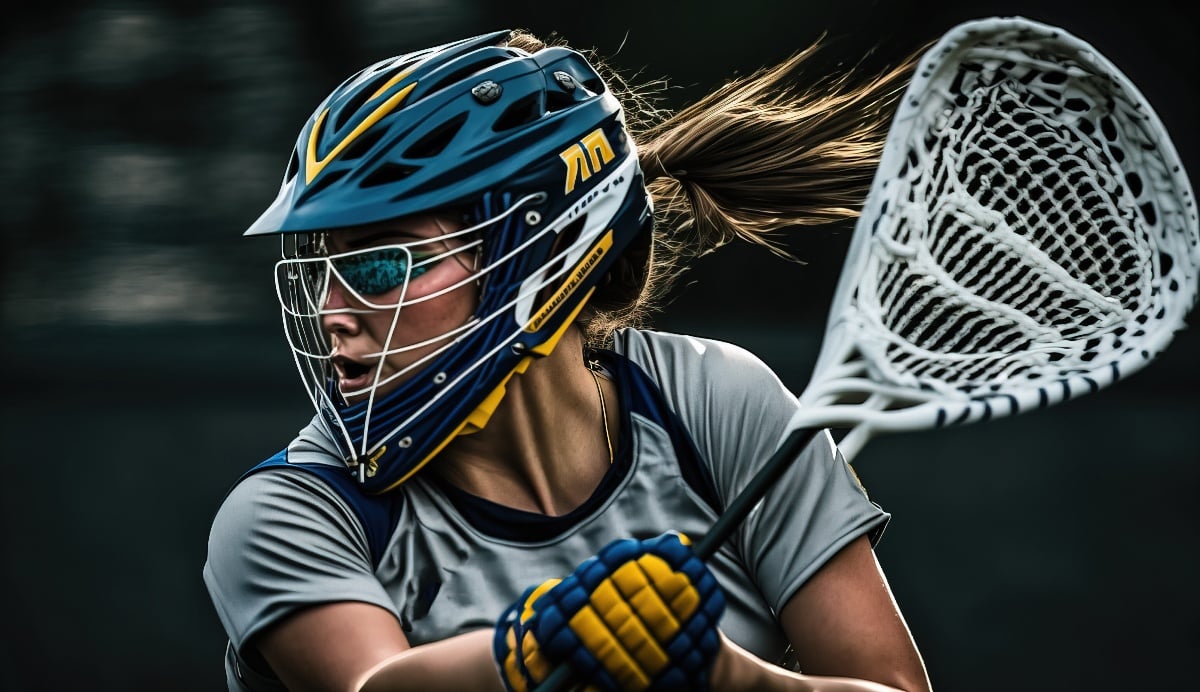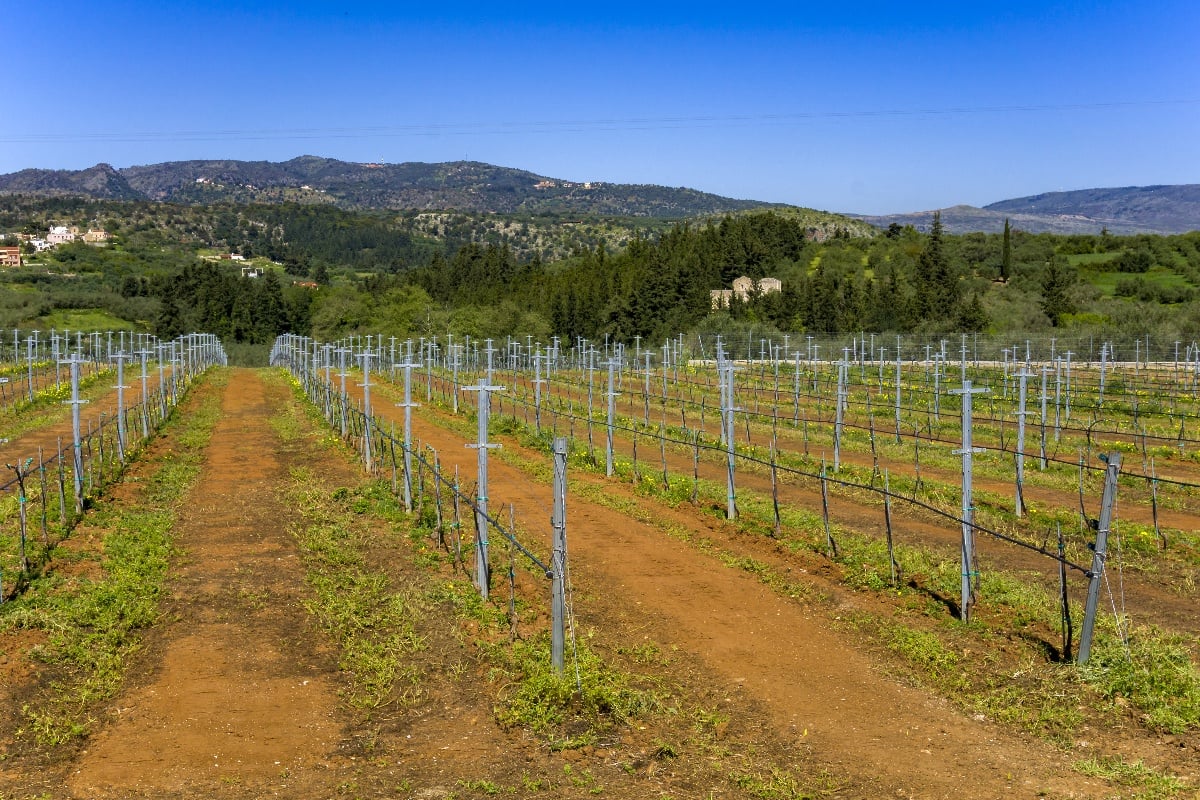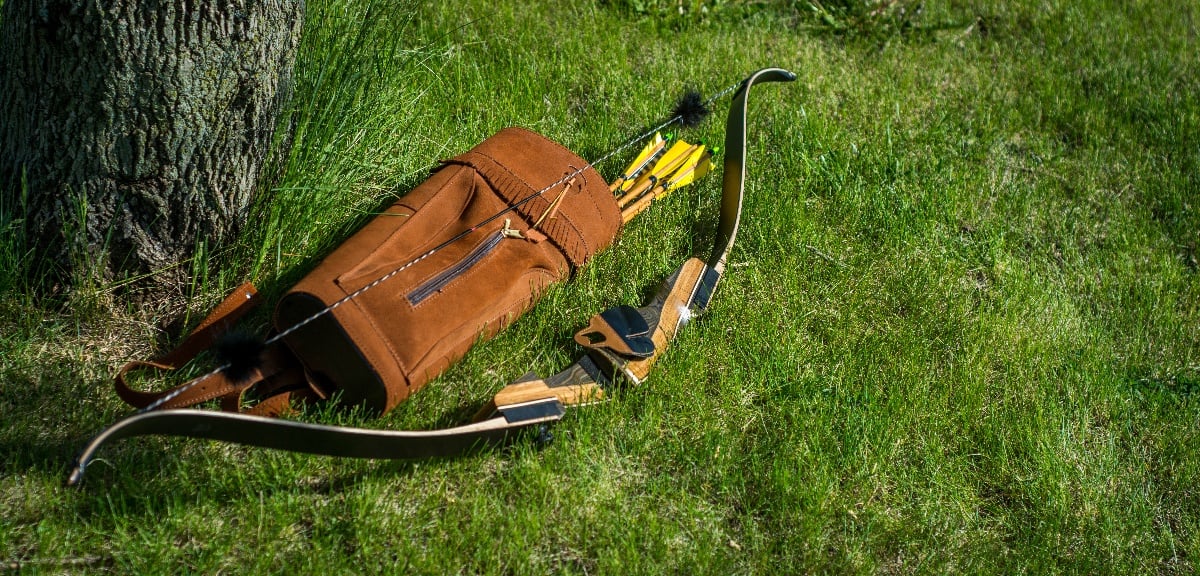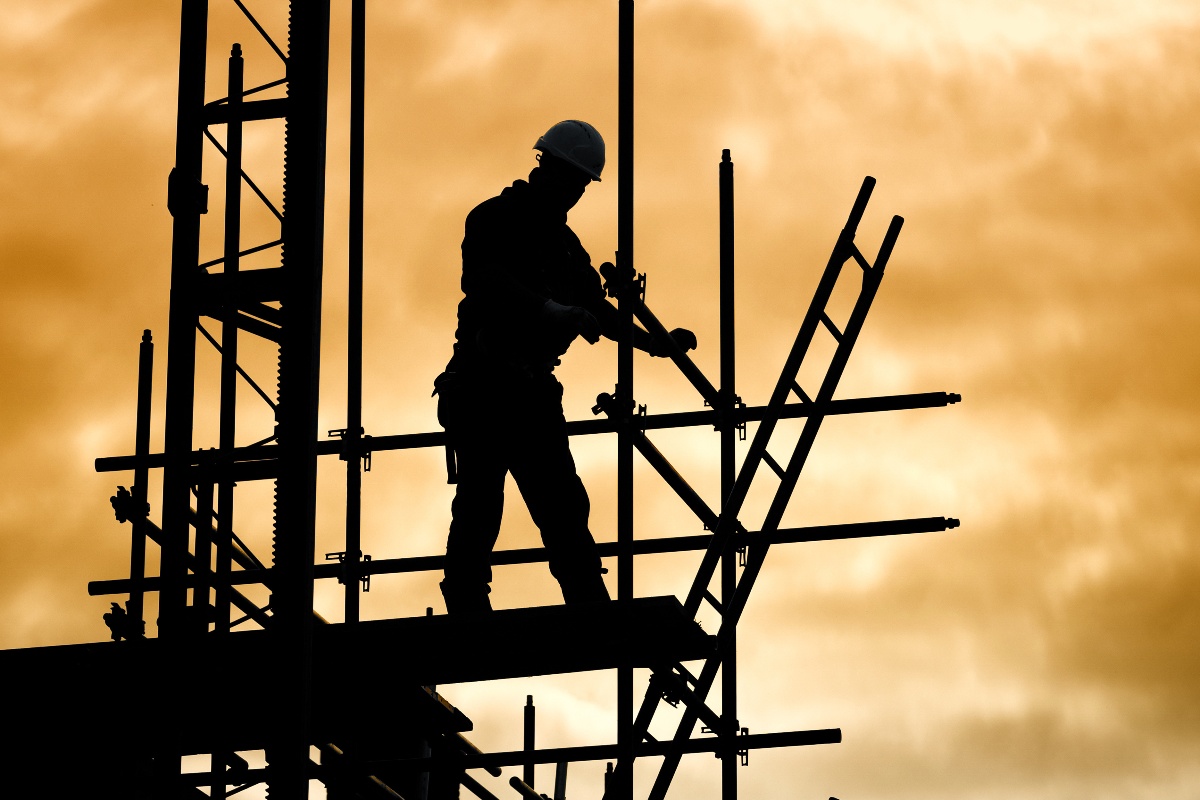Hog penning and housing equipment serve a critical purpose in hog farm operations–safely containing animals for healthy growth while also allowing for handler access and pen sanitation. However, the indoor and outdoor environments of hog pens subject structural supports to unique stresses and material challenges compared to typical livestock or production facilities.
Engineers tasked with designing hog pen frameworks and selecting construction materials need to balance strength, durability, longevity and cost while accounting for the impacts of hog behavior, waste products, cleaning processes and more. This article provides an overview of critical design and material considerations for efficient hog penning equipment.
Hog Pen Design Considerations
Properly designing hog pen supports requires in-depth analysis of animal characteristics and penning behaviors that dictate structural requirements. Key design factors include:
Load Weight and Distribution
Pen support capacity must account for the total weight of contained hogs and dynamic loading as they move and interact with pen surfaces and equipment. Market hog weights often range from 250-280 lbs each, with additional distributions defined for nursing sows. Total expected pen loads can be calculated from max animal densities, adjusted for non-uniform distribution.
Impact and Abrasion Resistance
Hogs rubbing, gnawing, and pressing against pen structures cause impact and abrasion stress. Materials must resist surface damage while retaining integrity after repeated loads.
Corrosion Protection
Prolonged exposure to hog waste products including ammonia and organic acids cause corrosion in metal, concrete, and some wood structures. Protective coatings, waterproofing, or the use of highly corrosion-resistant alloys improves durability.
Sanitation and Cleaning
To limit disease transmission between batches, pens require thorough cleaning and disinfection. Support materials must withstand cleaning solutions, high-pressure washing, and full slat replacement without degrading.
Outdoor vs Indoor Supports
Outdoor hog pen gates and fences require heightened weathering resistance compared to indoor framing, typically achieved using galvanized or stainless steel alloys. Indoor supports conversely may prioritize cost efficiency with painted steel or sealed wood.
Animal Welfare Considerations
Animal welfare is at the heart of modern agricultural practices and directly influences the design of hog pen supports. Space allocation is a primary welfare consideration; each hog should have sufficient space to rest, move, and engage in natural behaviors. Overly cramped conditions can lead to health problems and behavioral issues.
Accessibility is essential not just for the animals, but also for farm workers who need to manage the hogs and maintain the pens. Pen supports should be designed to facilitate easy access for feeding, cleaning, and medical care. Safety is another critical aspect of design. The supports and the overall structure must be free from sharp edges or gaps that could cause injury. Materials that are non-toxic and resistant to chewing or damage from the hogs are preferable.
Regulatory and Compliance Standards
Compliance with regulatory and compliance standards is a legal requirement and a cornerstone of responsible agricultural construction. These standards vary by region and are designed to ensure the safety of both the animals and the workers, as well as to protect the environment. Standards often cover aspects such as minimum space requirements, sanitation, waste management, and the safety of the structures.
Adherence to these standards is not only a legal obligation but also reflects a farm's commitment to ethical practices and quality assurance. Keeping abreast of any changes in regulations is essential, as non-compliance can result in penalties, legal challenges, and a loss of reputation. It's also important to note that some markets and certification bodies may have additional standards beyond governmental regulations, especially concerning animal welfare and environmental impact.
In each structural application, engineers make specifications tailored to the service environment and hog behaviors that dictate durability needs, using these factors.
Fiberglass Reinforced Plastic for Hog Pens
A structural material that holds unique promise for hog penning applications–fiberglass reinforced plastic (FRP). FRP composites are thermoset resins strengthened with fiber glass reinforcement. This enables custom molded structures with several advantages:
Corrosion and Impact Resistant
FRP is renowned for its high strength-to-weight ratio. Its inherent durability makes it resistant to the physical impact and corrosive elements commonly found in agricultural settings. Unlike traditional materials, FRP does not rust, corrode, or deteriorate easily in harsh environmental conditions, such as those involving high humidity and exposure to animal waste.
Sanitary and Easy to Clean
FRP has an impermeable smooth surface that allows rapid disinfection between pen batches with chemical sprays or high pressure hot water washes. No surface pitting occurs like in steel. This property is crucial in hog pens to prevent the spread of diseases and to maintain a hygienic environment for the animals.
Lightweight and Easy to Install
FRP's lightweight nature makes it easier and more cost-effective to transport and install compared to heavier materials like steel or concrete. This can lead to significant savings in terms of labor and construction costs.
Looking ahead, the potential of FRP in agricultural applications, particularly in hog pen structures, is substantial. Its benefits align well with the industry's move towards more sustainable, efficient, and animal-friendly farming practices.

